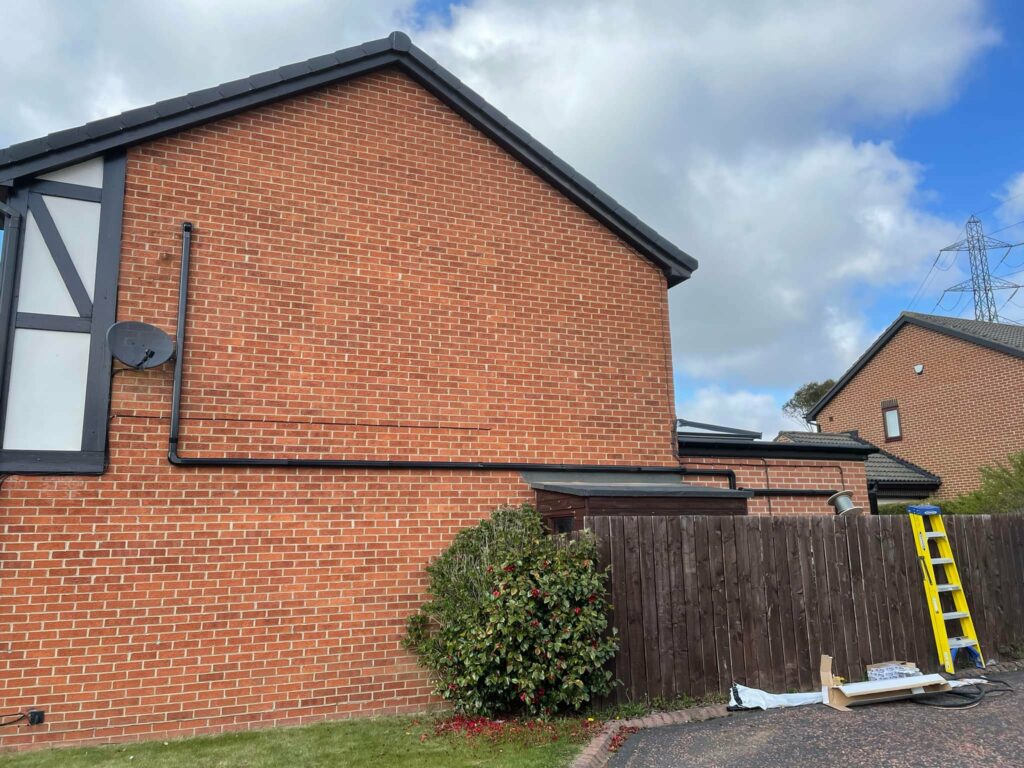As individuals seek more economical and ecologically responsible methods to heat their homes, geothermal heating systems become more popular. These technologies, also known as ground-source heat pumps, use renewable energy to maintain your house at a suitable temperature all year.
How Do They work?
Pumping water containing antifreeze (called glycol) through a ground loop pipe buried in your yard is how ground source heat systems function. The length of the loop you’ll need is determined by the size of your home and the amount of heat you’ll need to keep it pleasant.
Longer loops will absorb more heat from the earth, taking up more room. The coil may be buried underground in a horizontal trench if you have adequate space in your garden. If you don’t have enough space, another alternative is to install the pipe in a succession of vertical boreholes. These go much deeper into the earth.
The amount of space required to construct a horizontal loop of pipe or the depth to which you must dig for a borehole will be determined by many variables. Your heat pump installer will make sure that the design of your system meets your home’s heating needs and is appropriate for the climate.
The antifreeze mixture absorbs heat from the earth as it goes around this loop. This energy is then transferred to a heat pump through a heat exchanger. These pumps function in the opposite direction of a refrigerator. They transport the energy that has come from the earth into your house. Ecologically friendly systems operate these heat pumps using electricity produced on-site by renewable sources such as photovoltaic solar panels, eliminating the need for the main power.
During periods of hot weather, geothermal systems that also offer cooling operate in reverse, moving heat energy from the residence to the cooler earth and making your living environment more pleasant as a consequence.
Can Your Home Benefit from Geothermal
There are a few factors to consider before deciding whether or not your property is suited for installing a geothermal heat pump.
Size of Garden
To support the ground loop and pump, you’ll need a lot of room in your garden or outdoor area. You’ll also need to be able to accommodate excavating equipment. Your installer will be able to provide you with the finest recommendations.
Current Heating System
When employing a geothermal heat pump, the ideal heating method is underfloor heating. This is because they create low-temperature heat and hence are unlikely to deliver the exact quantities of heat as your boiler-powered central heating.
House Insulation
Before installing, make sure your house is adequately insulated and as energy-efficient as feasible. This is because you’ll want to get the most out of your geothermal heat pump, and allowing heat to escape through a poorly insulated house will cost you money.
Fueling System
You will be able to save more money if you replace an outdated or costly heating system than if you are connected to mains gas.
Water Heat
You may need a separate electric immersion heater for this.
Commercial Buildings with Geothermal Heat Pumps
Commercial buildings benefit from ground source heat pumps, particularly those that need cooling in the summer and heating in the winter. On the other hand, expert design and installation are crucial for attaining large carbon reductions and low operating costs.
You’ll need to hire someone with design and installation knowledge to get the most out of a GSHP installation. This type of heat pump may not work effectively unless it is included in a proper design by someone who knows the building’s demands, its intended use, and the area’s geology.
A properly designed ground source heat pump system may offer long-term energy for a structure. Please contact us for further information about ground source heating installation from a knowledgeable source.




